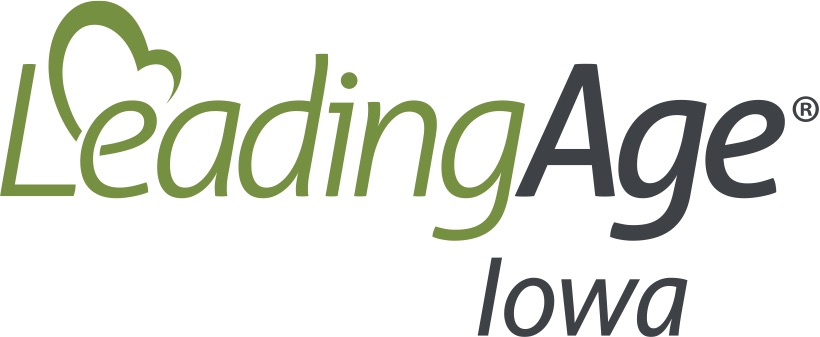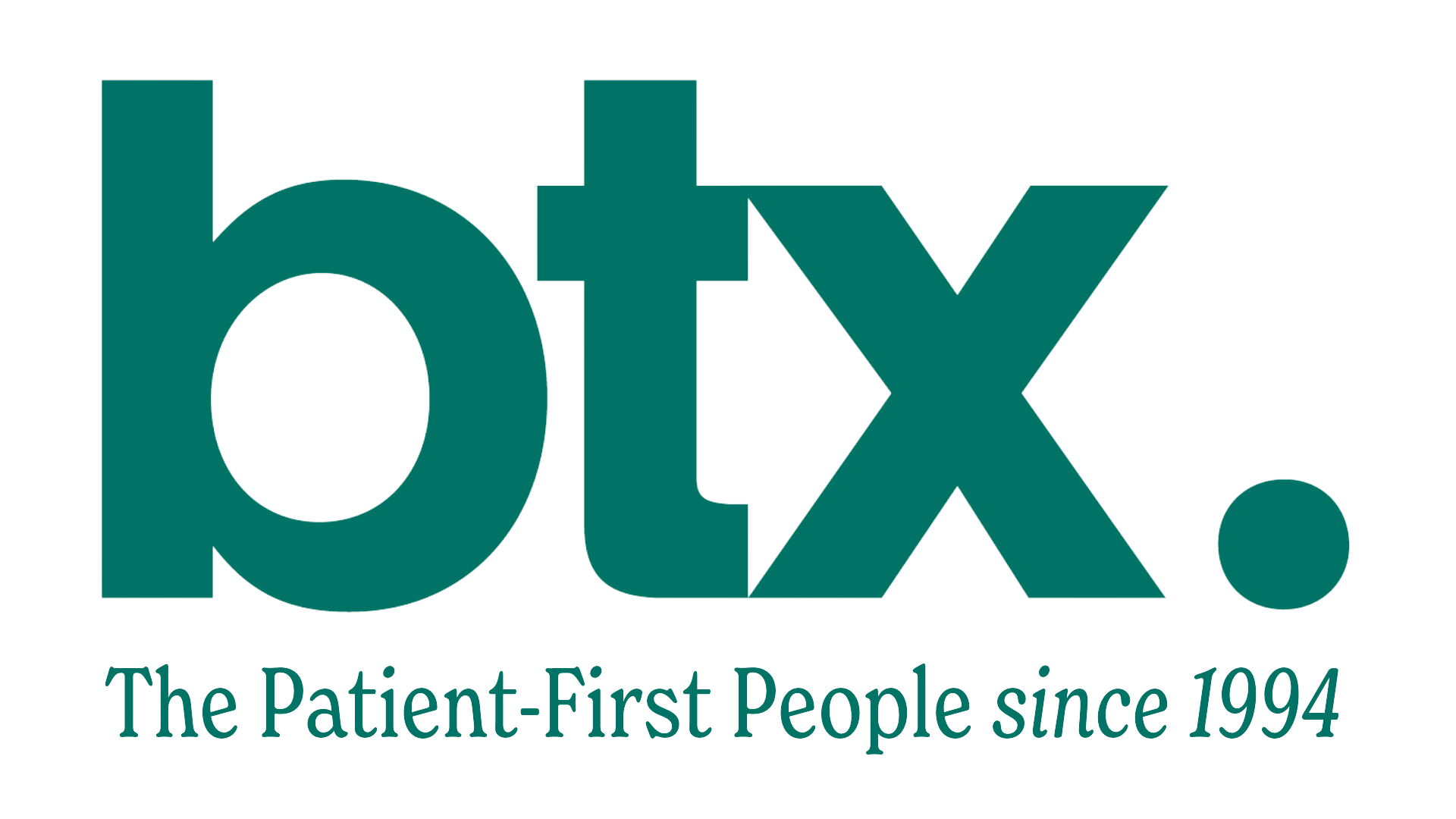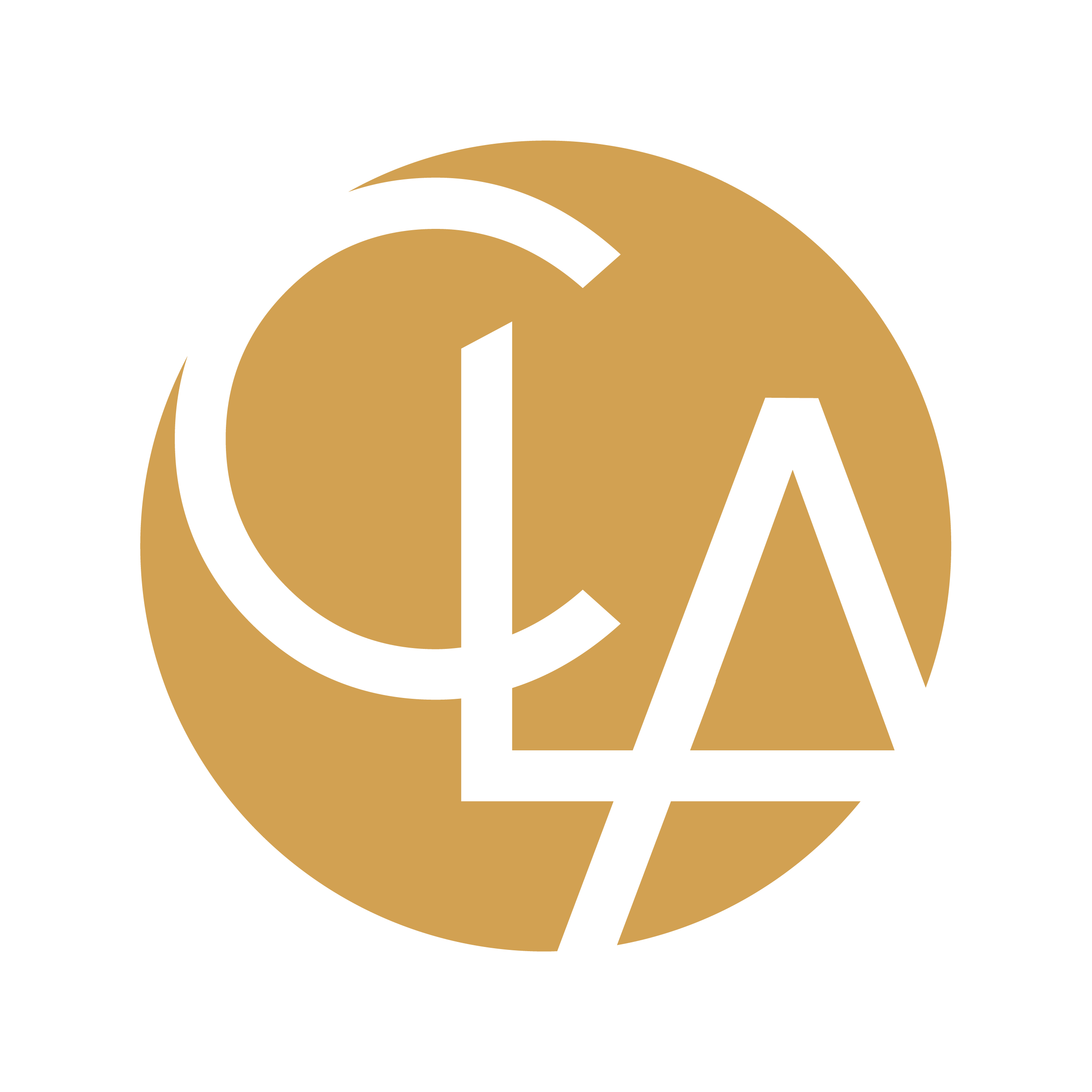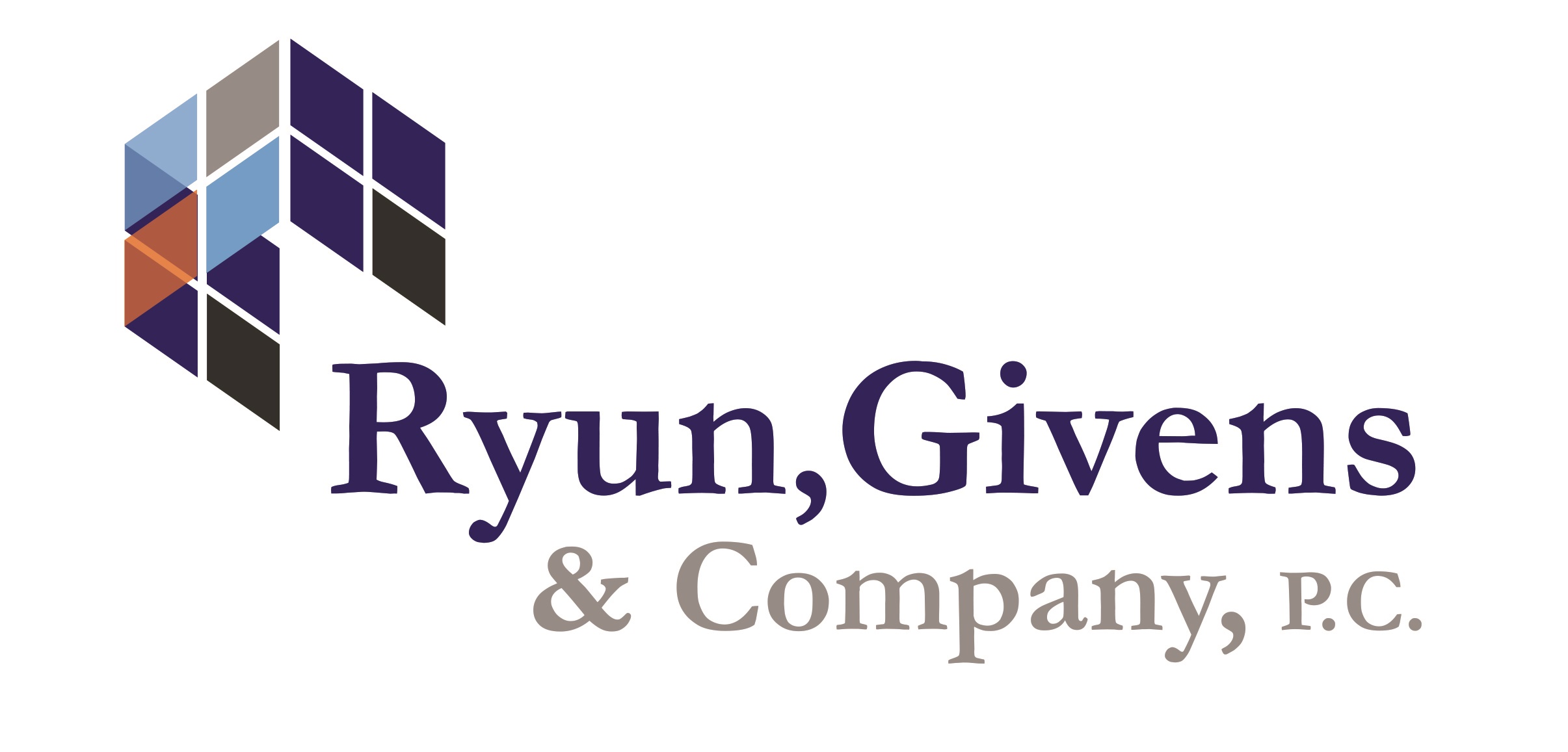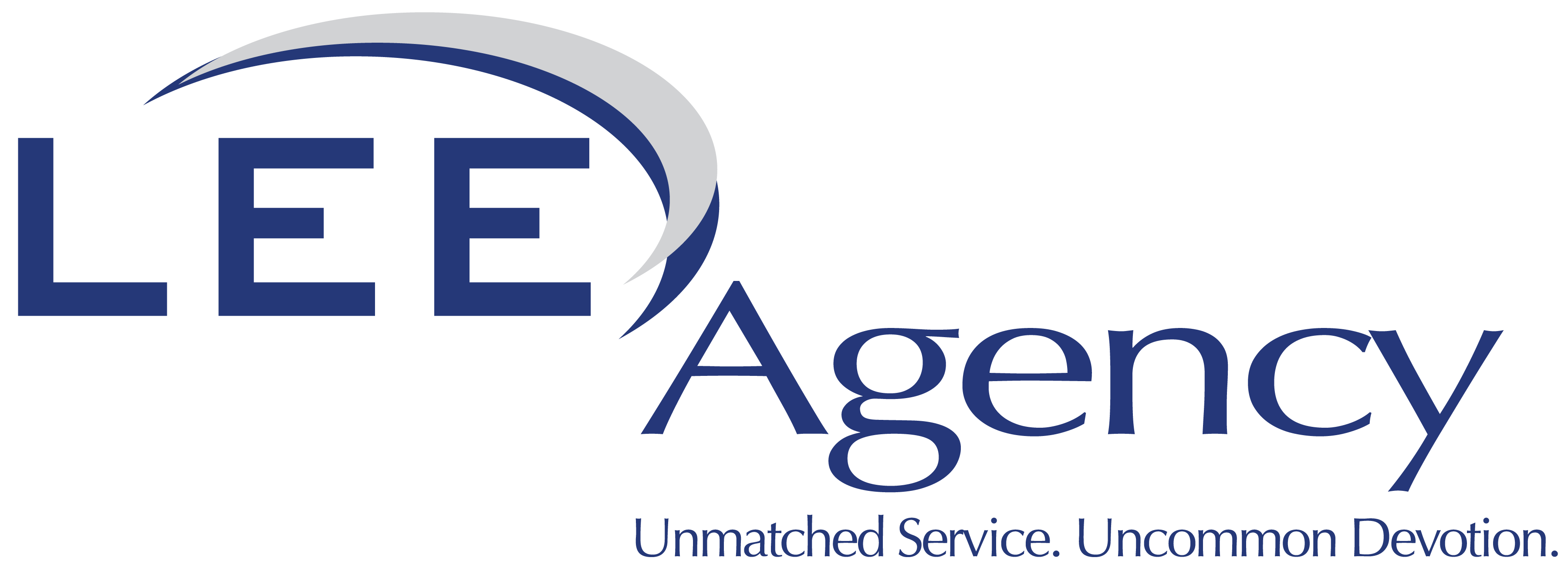|
Summary: Nursing Home Minimum Staffing and Medicaid Transparency Final Rule Overview: The White House signaled the final rule release as part of an early morning announcement and fact sheet on April 22. Later that afternoon, the Centers for Medicare & Medicaid Services (CMS) posted the Medicare and Medicaid Programs; Minimum Staffing Standards for Long-Term Care Facilities and Medicaid Institutional Payment Transparency Reporting final rule. The final rule will be published in the federal register on May 10 and effective on June 21, 2024, however, there are staggered implementation dates for different elements of the rule ranging from 90-days to 5 years in certain cases. The final rule includes provisions for minimum staffing standards that will be enforced as part of CMS’ existing survey, certification, and enforcement process for nursing homes. CMS will also display determinations of compliance on Care Compare and require nursing homes to post a public notice if they are out of compliance, so it is easily visible for staff and residents. CMS notes the minimum staffing standards are being implemented based on a growing body of evidence demonstrating the importance of staffing to resident health and safety, continued insufficient staffing and non-compliance by a subset of nursing homes, the need to create a consistent floor to reduce variability in the minimum nurse to resident ratios across the country, the need to support nursing home staff, and most importantly to reduce the risk of residents receiving unsafe and low-quality care. What’s Next: LeadingAge National will provide an analysis of the rule in the coming days and on the national Policy Update Call at 2:30 p.m. CT on Wednesday, April 24. LAI will review the rule during the weekly Member Call on April 26. A LeadingAge National webinar on Tuesday, April 30, will take a deep dive into the rule and what nursing homes need to consider as they work toward compliance. Registration for the April 30 webinar from 1-2:00 p.m. CT is available on the LeadingAge Learning Hub. Resources materials to support member implementation of the new facility assessment materials are also under development. In addition, LeadingAge Iowa and LeadingAge National will work with our Congressional partners to fight back against the rule and implement workforce pipeline and funding policies that must be addressed prior to discussing any minimum staffing standard. LeadingAge New York is also working to model the final rule for all states and members which will be shared with members and for advocacy purposes. Here is LeadingAge’s statement on the staffing standards final rule. Minimum Staffing Requirements: The current regulations in State Operations Manual Appendix PP will be revised to include the following minimum staffing requirements:
CMS notes the hours per resident day (HPRD) are defined as staffing hours per resident per day which is the total number of hours worked by each type of staff divided by the total number of residents. While the hours included in the final rule were developed based on case-mix index data, CMS states that the hours identified in the rule will be independent of case-mix index scores. Nursing homes will be expected to meet the minimum hours regardless of a lower case-mix index (or acuity). However, based on additional requirements in the Facility Assessment provision, the nursing home may need to staff at higher rates if the acuity level of the residents admitted to the nursing home requires it. CMS noted in the comments section of the rule that the Director of Nursing (DON) and other administrative nurse hours provided onsite will count towards the minimum staffing requirements. However, these nurses must be available to provide direct resident care. Facility Assessment: The current regulations in 483.70(e) or F838 Facility Assessment will move into a standalone section 483.71. In addition to current requirements, nursing homes will now be expected to have an efficient process for consistently assessing and documenting the necessary resources and staff that they require to provide ongoing care for the population based on specific resident needs. The new guidance at 483.71 will include the following requirements:
CMS revised the implementation date for the facility assessment requirement from 60-days in the proposed rule to an implementation date of 90-days from publication of the final rule in the Federal Register. Note the definition of “representative of direct care employees” as an employee of the facility or a third party authorized by direct care employees at the facility to provide expertise and input on behalf of the employees for the purposes of informing a facility assessment. Waivers: CMS notes that waivers from the staffing requirements will only be approved in very limited circumstances, and waivers will be revoked or not granted if a provider falls into any of the exclusion criteria. Waiver Criteria: To qualify for a waiver, the nursing home must meet the following criteria:
If the waiver is approved by CMS, a notice of the waiver status and the degree to which the nursing home is not in compliance will be posted on Care Compare. Note that CMS removed the proposed mileage criterion and references to a 40% below national average provider-to-population ratio. The waiver can be for one, two, or all staffing components based on the request and the workforce in the area as determined by CMS. Exclusion Criteria: A nursing home will be excluded from waiver eligibility if:
In addition, CMS included in the final rule that if the nursing home is unable to provide 24/7 RN coverage, any periods when the onsite RN requirements are waived, an RN, ARNP, PA, or physician must be available to respond immediately to calls from the nursing home. If approved, the waiver will be issued until the next standard survey and can be extended on each standard recertification survey after the initial period if the nursing home continues to meet the exemption criteria. CMS noted in the final rule that the waiver will be removed if the nursing home falls into any of the exclusion factors listed above at any time. Implementation Period: Rural Providers (as defined below in accordance with the Office of Management and Budget)
Non-Rural Providers
Note: Rural designation is according to the OMB definition. “A Metro area contains a core urban area of 50,000 or more population, and a Micro area contains an urban core of at least 10,000 (but less than 50,000) population. All counties that are not part of a Metropolitan Statistical Area (MSA) are considered rural”. Medicaid Transparency: The final rule requires State Medicaid agencies to report the percentage of payments for Medicaid-covered services in nursing homes and intermediate care facilities for individuals with intellectual disabilities (ICFs/IID) that are spent on compensation for direct care workers and support staff by May 10, 2028. CMS clarified in the final rule that compensation includes benefits paid on behalf of the employee which align with the BLS definition to include wages, salaries, and employee benefits. While not specifically called out in the definition, payroll taxes are included in the BLS definition. Benefits include health and dental, life and disability (short and long-term) insurance, paid leave (including vacation and sick leave), retirement, and tuition reimbursement. Excluded costs will also be defined as costs reasonably associated with delivering Medicaid-covered nursing facility or ICF/IID services such as costs of required trainings, travel costs, and costs of PPE. Fiscal Impact and Anticipated Benefits: With increased staffing required for many nursing home providers, CMS predicts that the cost of implementing the staffing requirements will be:
CMS notes the benefits of the minimum staffing requirements include but are not limited to:
The Medicaid Transparency rule is expected to have a one-time cost of $37.6 million and ongoing annual costs of $18.3 million per year with an estimate of $147.9 million over 10 years. The burden of this cost is expected to be across State and Federal Government as well as a $36.6 million one-time cost and $17.9 million annual ongoing cost to nursing homes and ICFs/IID providers. Compliance CMS noted that compliance will be assessed through a combination of PBJ data and onsite surveys. Further details regarding how compliance will be determined will be provided after the publication of the final rule via various communication methods such as CMS’s Quality, Safety, and Oversight Group (QSO) memoranda and publication. |
